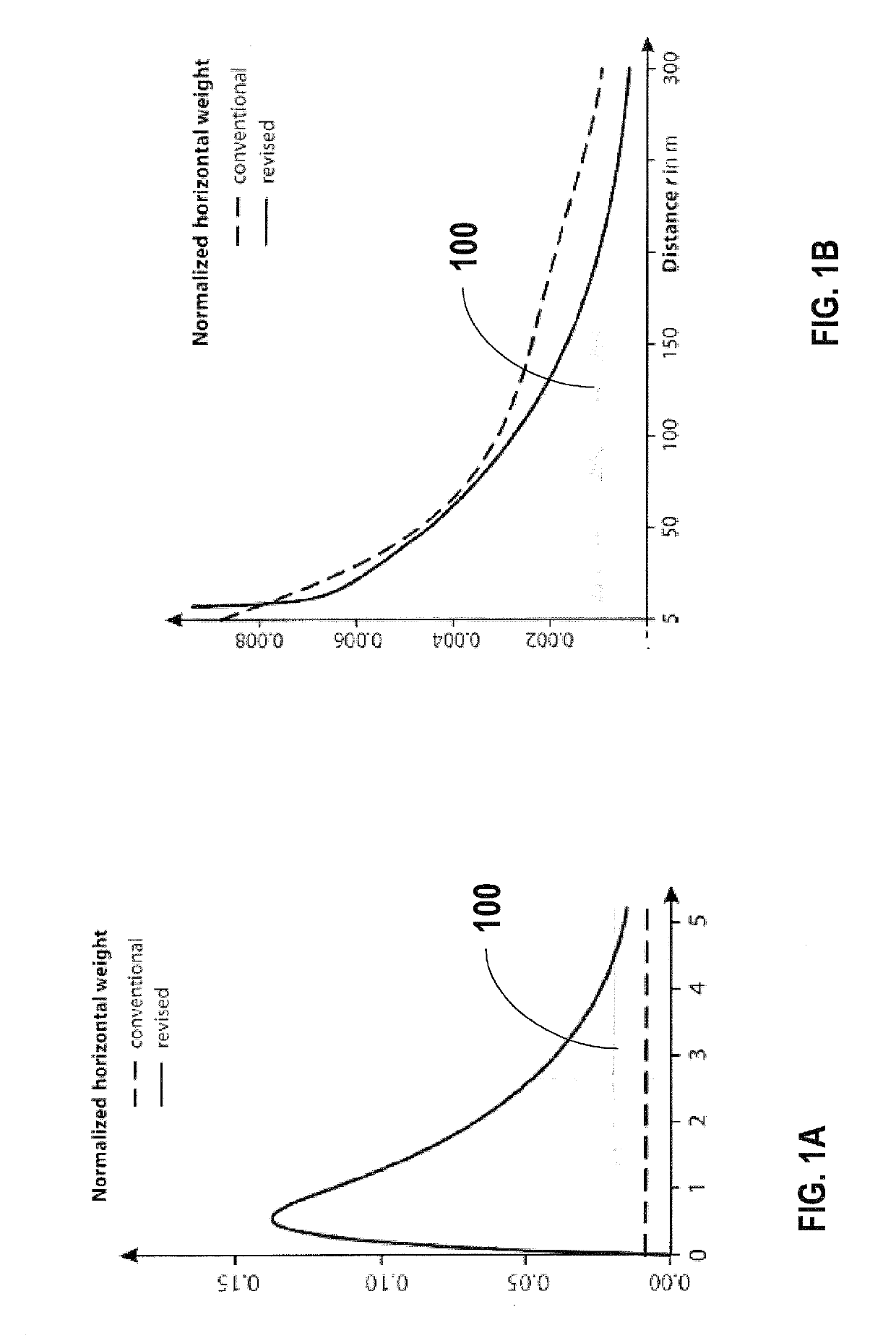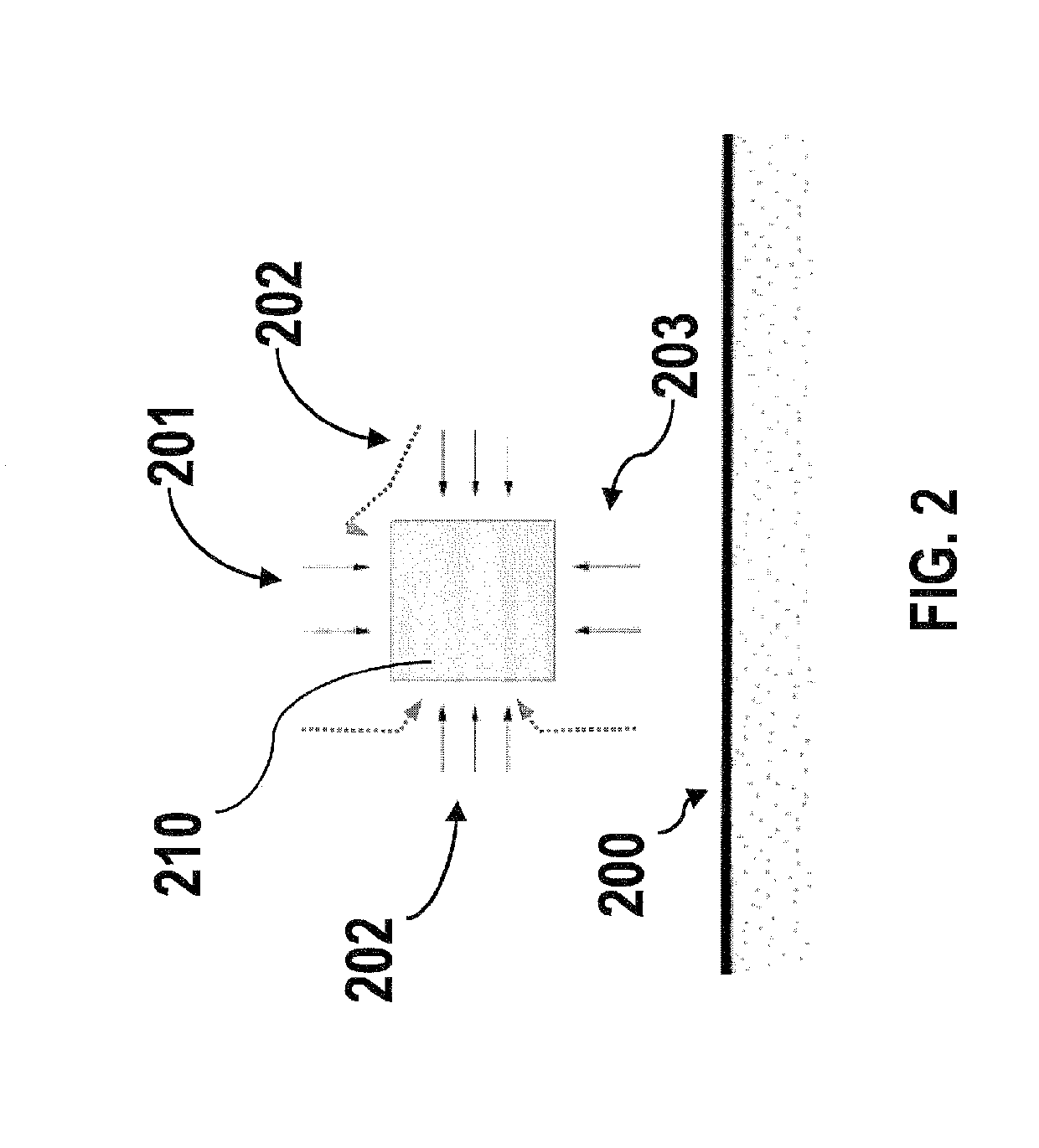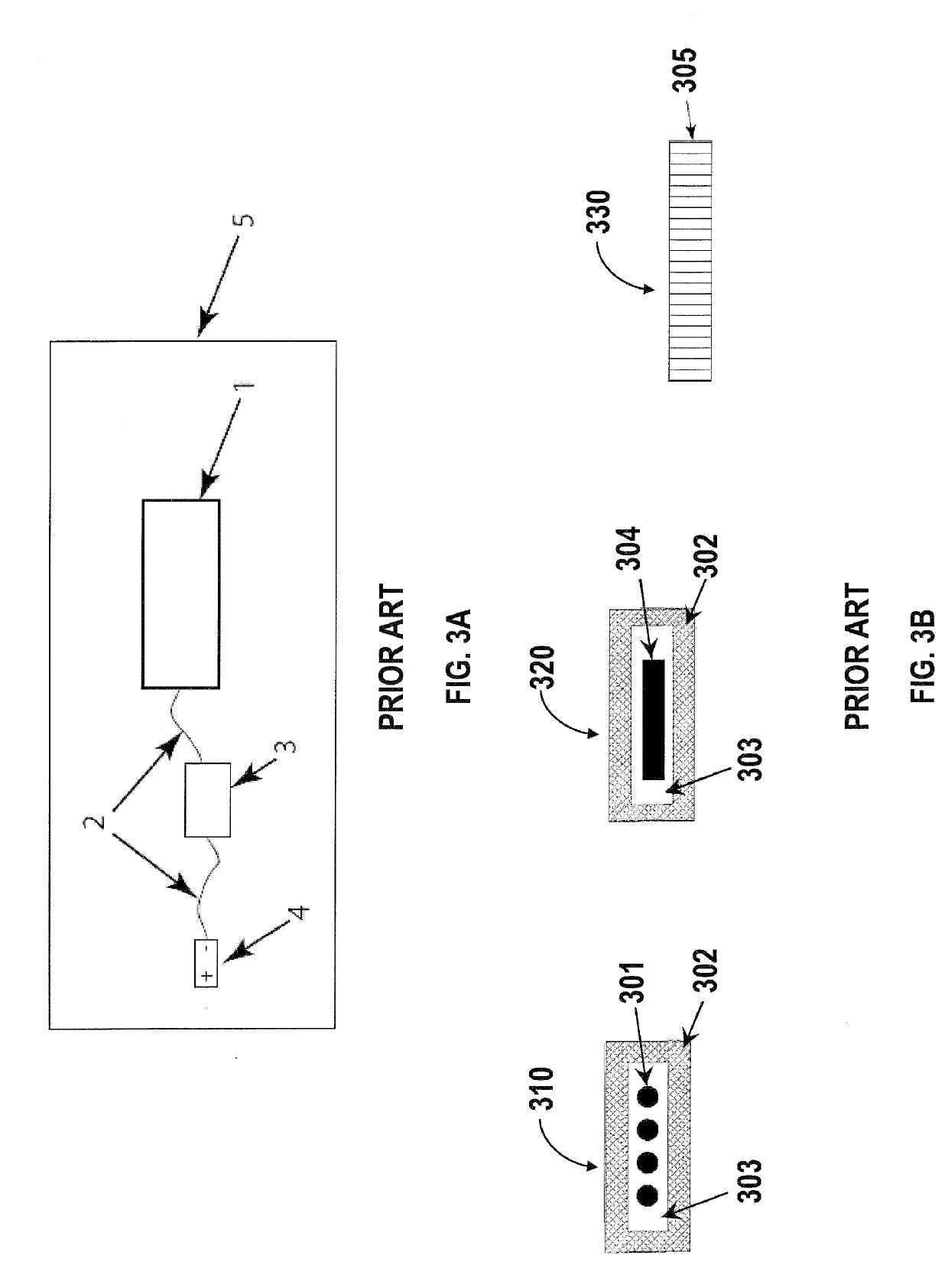Distance and direction-sensitive cosmogenic neutron sensors
a cosmogenic neutron and sensor technology, applied in the direction of material analysis, material analysis using wave/particle radiation, instruments, etc., can solve the problems of disproportionate amount, reduce the accuracy of measurement, and limit this method
- Summary
- Abstract
- Description
- Claims
- Application Information
AI Technical Summary
Benefits of technology
Problems solved by technology
Method used
Image
Examples
Embodiment Construction
[0035]Detectors that can be used for measuring the intensity of cosmogenic neutrons near the land surface have been known for decades (Knoll, 2000), and dedicated sensors for measuring soil moisture have been around for approximately ten years (Zreda et al., 2008, 2012). Such sensors, which we call Cosmogenic Neutron Sensors (CNS), measure the local intensity of neutrons in an energy band that is dictated by the design of the sensor. An unmoderated, or bare, thermal neutron detector is sensitive to thermal neutrons having a median energy of 0.025 eV. Adding a plastic moderator around the thermal neutron detector shifts the energy sensitivity of the thermal neutron detector to neutrons having higher energies. An energy band may be selected to optimize the ability of the sensor to detect neutrons that have maximum sensitivity to water in the material near the surface. The standard CNS (Zreda et al., 2012) has 2.5 cm of plastic surrounding the bare detector. It measures neutrons in ene...
PUM
 Login to View More
Login to View More Abstract
Description
Claims
Application Information
 Login to View More
Login to View More - R&D
- Intellectual Property
- Life Sciences
- Materials
- Tech Scout
- Unparalleled Data Quality
- Higher Quality Content
- 60% Fewer Hallucinations
Browse by: Latest US Patents, China's latest patents, Technical Efficacy Thesaurus, Application Domain, Technology Topic, Popular Technical Reports.
© 2025 PatSnap. All rights reserved.Legal|Privacy policy|Modern Slavery Act Transparency Statement|Sitemap|About US| Contact US: help@patsnap.com



